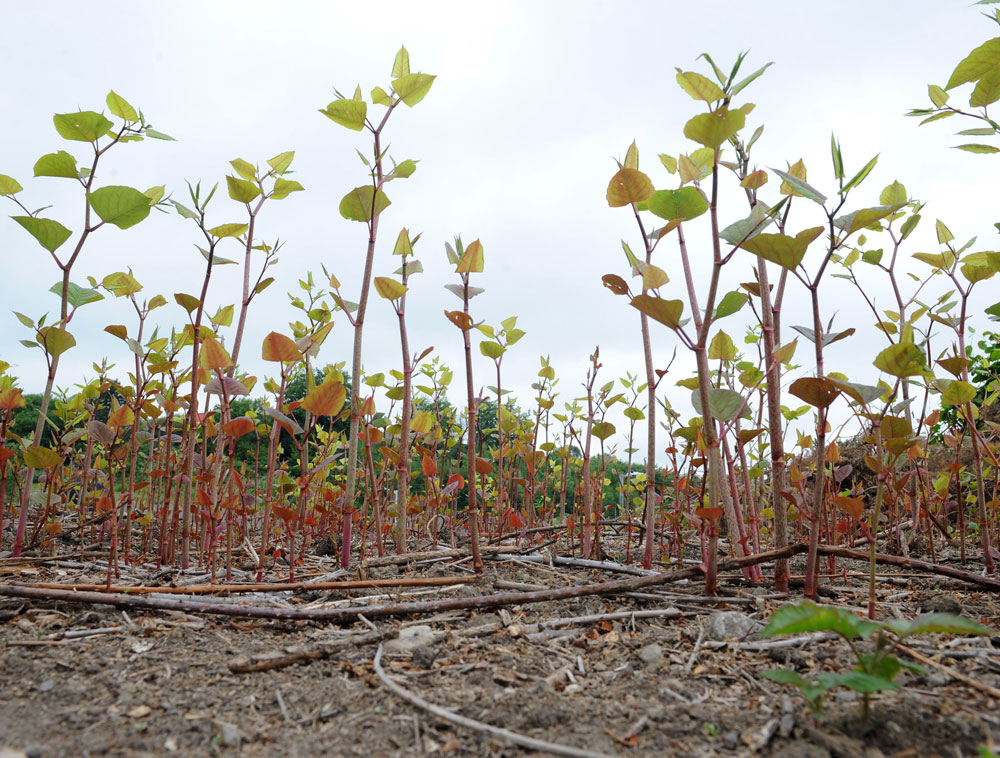What is Japanese knotweed?
Japanese knotweed or to give it its full Latin name (Fallopia japonica var japonica) is not native to the UK.
Japanese knotweed was introduced into the UK in the mid nineteenth century as an ornamental garden plant imported from Japan (hence the name). If only our Victorian gardeners had realised they had unleashed the most invasive ‘Super Weed’ in the UK!
Japanese knotweed is in a group of plants referred to as invasive plants that includes Himalayan Balsam and Giant hogweed, these tend to be the most problematic of the non native weeds. The prolific nature of this weed makes any eradication, control or removal expensive or takes years to achieve.
Japanese knotweed is common in Japan but does not cause anywhere near the amount of problems it does here because in its native environment it is controlled by indigenous insects and diseases. In the UK though it is not kept in check by nature and unchecked can grow at up to 1 metre in a month. The root system of Japanese knotweed can grow up to 3 metres deep and 5 meters across making excavation, removal and disposal a major undertaking.
Where Does Japanese knotweed Grow?
Japanese knotweed has spread dramatically across the UK and is common in the following areas:
- Rivers, streams & watercourses
- Roads & Motorways
- Wasteland
- Brown field sites awaiting redevelopment
- Green field sites awaiting development
- Railway lines &Â embankments
- Gardens

How is Japanese knotweed Treated or Controlled or Removed?
Japanese knotweed is controlled by various measures, this depends on the severity of the outbreak, where it is and environmental considerations such as nearby watercourses, trees etc.
The principle means of control and eradication is by using herbicides as part of a treatment or control plan, this can last up to 5 years. If the land is required for redevelopment other treatment is available to reduce the time scale but this is usually a much more costly alternative.
Removal of Japanese knotweed requires digging out the whole plant and root system. This requires removing by excavation and disposal an area 3 metres deep and 5 metres wide to ensure all the Japanese knotweed is removed. As you can imagine when Japanese knotweed is adjoining building this is a large expensive undertaking.
What Are My Legal Responsibilities?
As a landowner you are obliged by law to control Japanese knotweed on your land to prevent the spread to adjoining land. However if it is affecting a neighbouring property and is causing problems then you have an obligation to deal with it.It is an offence under the Countryside & Wildlife Act 1981 to plant, or to encourage Japanese knotweed to grow in the wild.
Japanese knotweed and Mortgage issues
The presence of Japanese knotweed within 7 meters of a property boundary can render the property un-mortgageable. As you can imagine this can be a severe and costly issue for home owners as eradication is either very costly or long term treatments that are required can result in the failure to move when desired.






